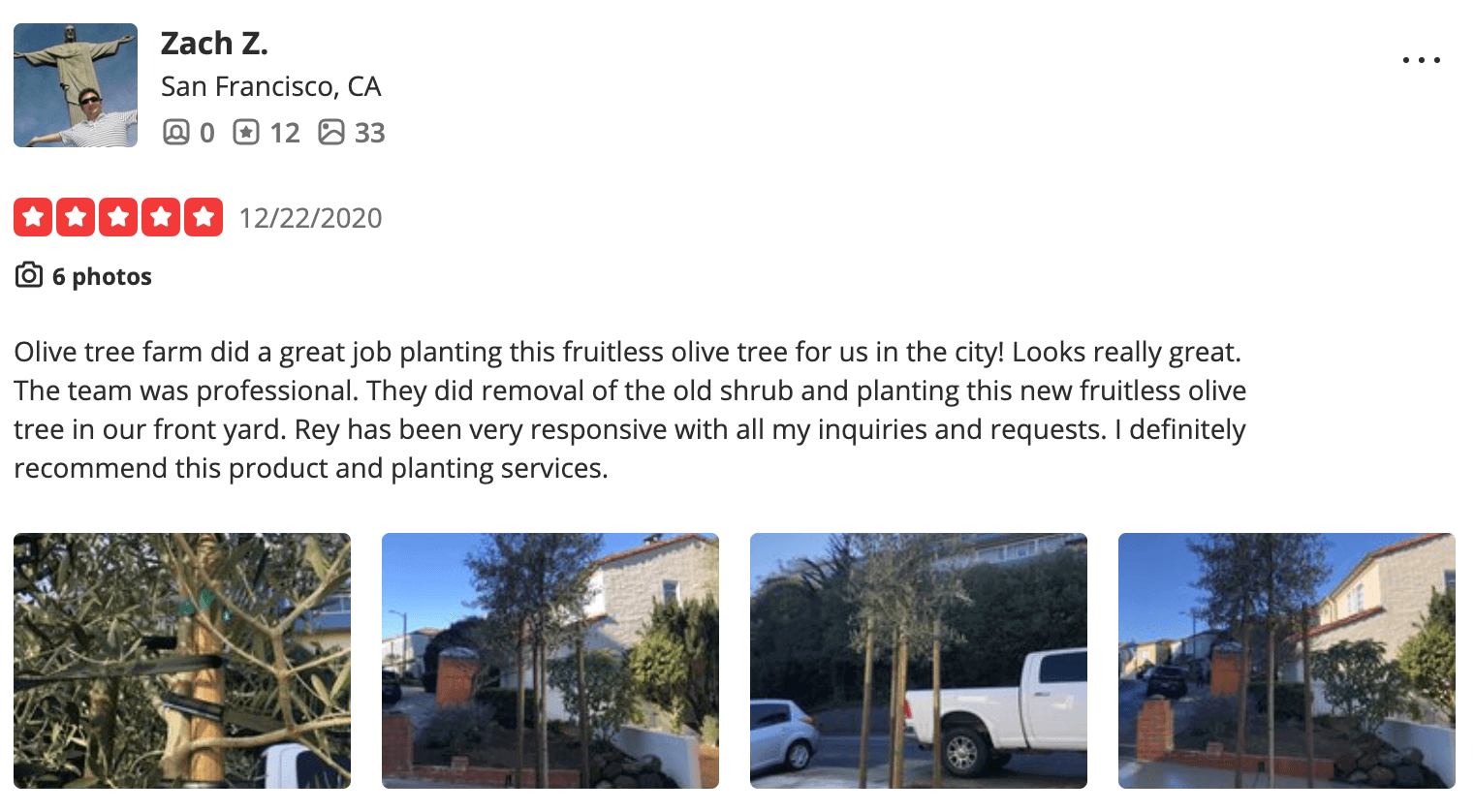Cerignola Olive Trees
Cerignola olive trees come from the Italian region of Puglia and are mainly used for commercial production. However, in Italy, this cultivar, which originated in Apulia and is named after the town of Cerignola, is widely used to produce table olives available in various colors, including green, black, and even red (faux). It is a hardy plant (20 to 30 °F) that tolerates irrigation well and is valued chiefly for the size, beauty, and sweet taste of its fruit. Due to their enormous size, it is filled with multiple ingredients and is often utilized to produce oil.
- Fruiting Specimen
- Bloom (Spring)
- Moderate Growth
- Color (Dark Gray-Green)
- Olive Oil (Sweet)
- Primarily Commercial Use
Care and Maintenance
Cerignola olive trees are exceedingly adaptable and flourish in a wide range of ordinary, well-drained, slightly alkaline soils. However, to ensure a successful harvest, plant it near another olive variety such as Pendolino, Frantoio, Coratina, Maurino, Leccino, or Olivastra. Water deeply and frequently during the first few growing seasons to help the plant build a strong root system. Once established, reduce the frequency of watering; it is drought-tolerant. However, protect young plants from extreme winter weather. Note that this tree has a moderate resistance level to most primary olive diseases.
| Quick Facts | |
| Origin | Puglia Region, Italy |
| Scientific Name | Olea Europaea ‘Cerignola’ |
| Family | Oleaceae |
| Tree Type | Fruiting Specimen |
|
Common Names |
Oliva A Ciuccio, Oliva Lunga, Lunga, Bella Di Cerignola, Barilotto, Oliva Di Cerignola, Grossa Di Spagna, Oliva A Prugna, Bella Della Daunia, Prugne, Oliva Dell’asino, Oliva Grossa, Manna, Cerignolese, and Oliva Di Spagna. |
| Height | (Insert) |
| Toxicity | Non Toxic |
| Light | Full Sun |
| Watering | Drought-Tolerant |
| Soil | Well-Drained-Nutrient Poor Soil |
| Hardiness | Hardy Down 20 to 30 °F |
| Foliage | Dark Gray-Green |
| Growth | Moderate |
| Olive Oil | Sweet |
Don’t Take Our Word, Hear What Our Customers Say!



Interested? We’d love to hear from you!
Call us at 707-732-6152 for a free consultation!
Looking for something else? We might have it for you...
Arbequina Olive Trees
Arbosana Olive Trees
Ascolana Tenera Olive Trees
Cerignola Olive Trees
Coratina Olive Trees
Itrana Olive Trees Kalamata Olive Trees
Koroneiki Olive Trees
Leccino Olive Trees
Little Ollie Dwarf Olive Trees
Majestic Beauty Olive Trees
Manzanillo Olive Tree
Maurino Olive Tree Mission Olive Tree
Pendolino Olive Trees
Picholine Du Gard Olive Trees
Picual Olive Trees
Sevillano Olive Trees
Swan Hill Olive Trees
Wilsonii Olive Trees
Zitoun Olive Trees